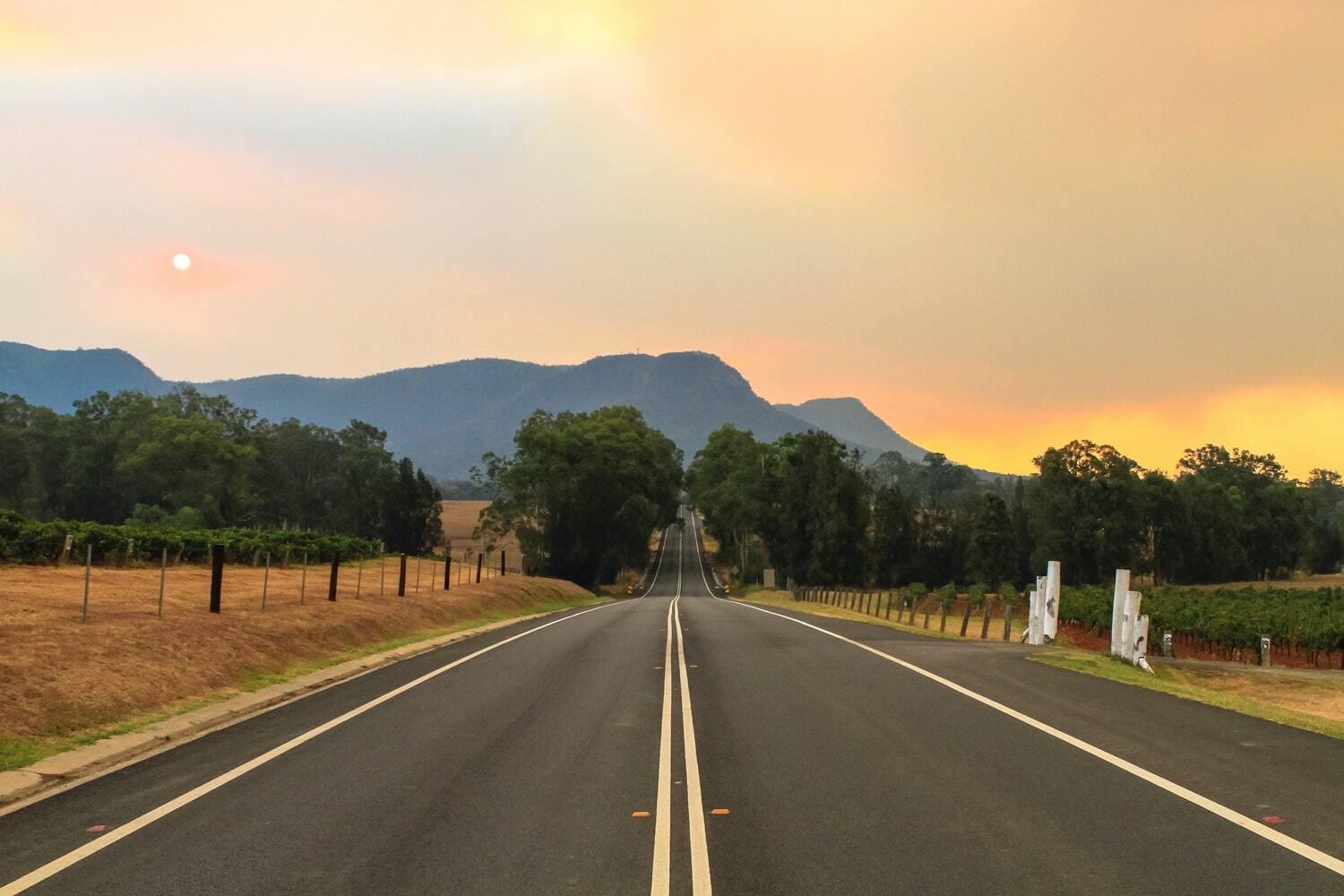Australia’s True Uniqueness: The Aboriginal Narrative of Country
Have you ever finished watching a movie or TV episode and wondered where the time went? Perhaps you’ve read a book, turned a page and realised you had not just passed an hour or so, but you had escaped to a whole other place? That is the power of the narrative.
In a story or narrative, we take in information and see different points of view. When engrossed in a story, something happens that effects the way we think or feel, influences our beliefs and attitudes, and importantly from a marketing point of view, can influence our intentions. This is known as the Narrative Transportation Effect.

As an industry, wine marketing typically taps into two types of narratives. The first narrative tells a technical story of how the grapes are grown and wine is made. As a consumer visits enough wineries, this narrative becomes homogenous; just how many truly unique ways are there to grow grapes and make wine? The second narrative is the brand narrative, one that offers more room for uniqueness, but comes with the trouble of finding a story that people outside of the brand can connect with.
Whilst both these narratives can be effective, they are not sustainably unique as other producers can be ‘inspired’ by your success and weave similar stories of their own. For narratives to be the most effective, they must be unique.
Wine regions use a destination narrative for tourists, such as the Barossa Valley in South Australia with its Prussian immigrants escaping religious persecution, the Hunter Valley in New South Wales as the place James Busby started the Australian industry, and so on.
Whilst Australia wine regions have well developed, strong destination narratives, the majority of international tourists do not resonate with this particular angle. Many are drawn to classic experiences such as seeing kangaroos and koalas, which rate very highly with the majority of international tourists. This is an Australian ‘story’, but is it connected to the region or produce? No. So what is it then that makes each Australian wine region truly unique?
A truly unique aspect is simple enough to see if you step through a process. Wine is a product of the land it comes from, and Australian land has a unique narrative which international tourists are interested in. Australia’s First Nations’ people have a history that extends back over 65,000 years, a history that is told as ‘song lines,’ stories of creation and culture about country that are found nowhere else in the world.
As a result of the last 230 years, it is a narrative at risk of disappearing without any direct action to understand and promote it. This narrative of country connects across Australian regions, but also has its own localised versions. Australia’s wine regions are home to unique language and cultural groups, each with their own localised creation stories, cultural practices, and foods.
The Australian wine and tourism industries have a timely opportunity to engage with their local Aboriginal narrative of country, to understand the narratives of our First Nations and contribute to the reconciliation process. Not by linking today’s wine production to those narratives, but by understanding and promoting the ancient and unique stories of the regions’ lands in a way that engages tourists.
Today’s technology could see materials developed which promote these narratives on region’s websites, using videos of key features of relevant topography, possibly a Welcome to Country by the relevant Elders and images of artefacts. This could translate to a virtual reality setting, enabling international tourists and consumers to experience the unique history of Australia’s Aboriginal peoples, relevant to the wine regions they wish to visit. Whilst the wine industry and tourism bodies will play a vital role in this, the success of the narrative is driven by working with Aboriginal communities to uncover and share the narrative, as they are their stories to tell.
Associate Professor of Marketing Dr Steve Goodman is an active researcher in the area of wine marketing at the University of Adelaide and author of the successful book, Principles of Wine Marketing. His research interests include wine brands and social media, cellar door service and design, wine advertising messaging and brand engagement.
Study
We offer a range of business related degrees, enabling students to choose their own path and become career ready.

